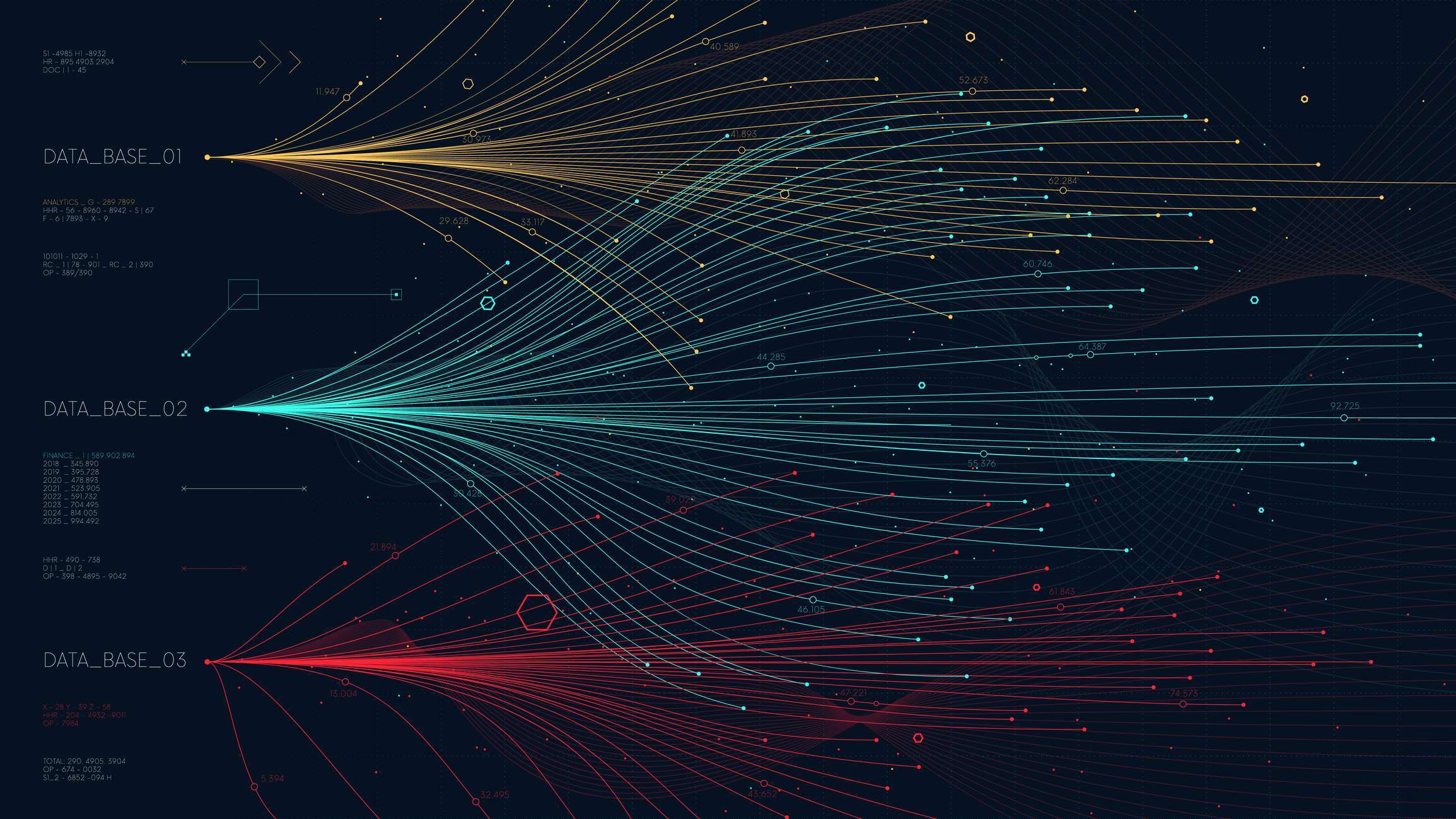AI-Powered Threat Hunting: Moving Beyond Passive Defense

 By
Jason Miller
·
2 minute read
By
Jason Miller
·
2 minute read
AI-Powered Threat Hunting: Moving Beyond Passive Defense
Traditional cybersecurity often relies on waiting for alerts—reacting after an attack has already begun. But as threats grow more advanced and stealthy, organizations can no longer afford to be reactive. AI threat hunting revolutionizes this approach by proactively seeking out hidden threats before they cause harm. By combining artificial intelligence, automation, and human expertise, modern security teams can identify and neutralize risks faster than ever before.
AI transforms threat hunting into a continuous, data-driven process—constantly analyzing patterns, user behavior, and network activity to uncover suspicious anomalies that would otherwise go unnoticed.
Why Passive Defense Isn’t Enough
- Advanced attackers hide in plain sight: Threat actors use legitimate tools and credentials to evade traditional security systems.
- Delayed detection leads to costly breaches: The longer an attacker stays undetected, the more damage they can inflict.
- Alert overload: Security teams struggle to filter real threats from thousands of daily alerts, causing fatigue and missed incidents.
How AI Enhances Threat Hunting
1) Automated Data Analysis
AI analyzes millions of data points across endpoints, networks, and cloud environments—identifying subtle signs of compromise that manual review would miss.
2) Behavior-Based Anomaly Detection
Machine learning models learn what “normal” looks like in your environment, flagging deviations that indicate potential insider threats or breaches.
3) Predictive Threat Identification
AI anticipates likely attack paths based on real-time global intelligence, allowing teams to take preventive action before exploits occur.
4) Faster Investigation and Response
AI automates evidence collection, correlation, and prioritization, enabling security analysts to focus on mitigation rather than data sifting.
5) Integration with Existing Security Infrastructure
AI threat hunting tools integrate seamlessly with SIEM, SOAR, and EDR systems, expanding their capabilities and improving overall visibility.
Did you know?
Organizations using AI for proactive threat hunting reduce detection time by up to 90%, turning days of manual analysis into minutes of automated insight.
Conclusion
Moving beyond passive defense means adopting proactive, intelligent strategies that detect and stop threats before they escalate. AI-powered threat hunting empowers organizations to continuously scan for hidden dangers, understand attacker behavior, and act decisively. With platforms like BitLyft AIR, businesses can unify automation, intelligence, and analytics to hunt threats in real time—transforming cybersecurity from reactive to resilient.
FAQs
What is AI-powered threat hunting?
It’s a proactive cybersecurity practice that uses artificial intelligence to detect hidden or emerging threats before they cause damage.
How is AI different from traditional threat detection?
AI continuously learns from data and identifies anomalies automatically, while traditional systems rely on predefined rules and known signatures.
Can AI replace human analysts in threat hunting?
No. AI augments human expertise by automating repetitive analysis, allowing analysts to focus on investigation and decision-making.
What kind of threats can AI detect?
AI can detect zero-days, insider threats, privilege misuse, and advanced persistent threats that often evade legacy defenses.
How does BitLyft enable AI-driven threat hunting?
BitLyft AIR combines machine learning, behavioral analytics, and automation to continuously hunt for hidden threats across networks and endpoints.